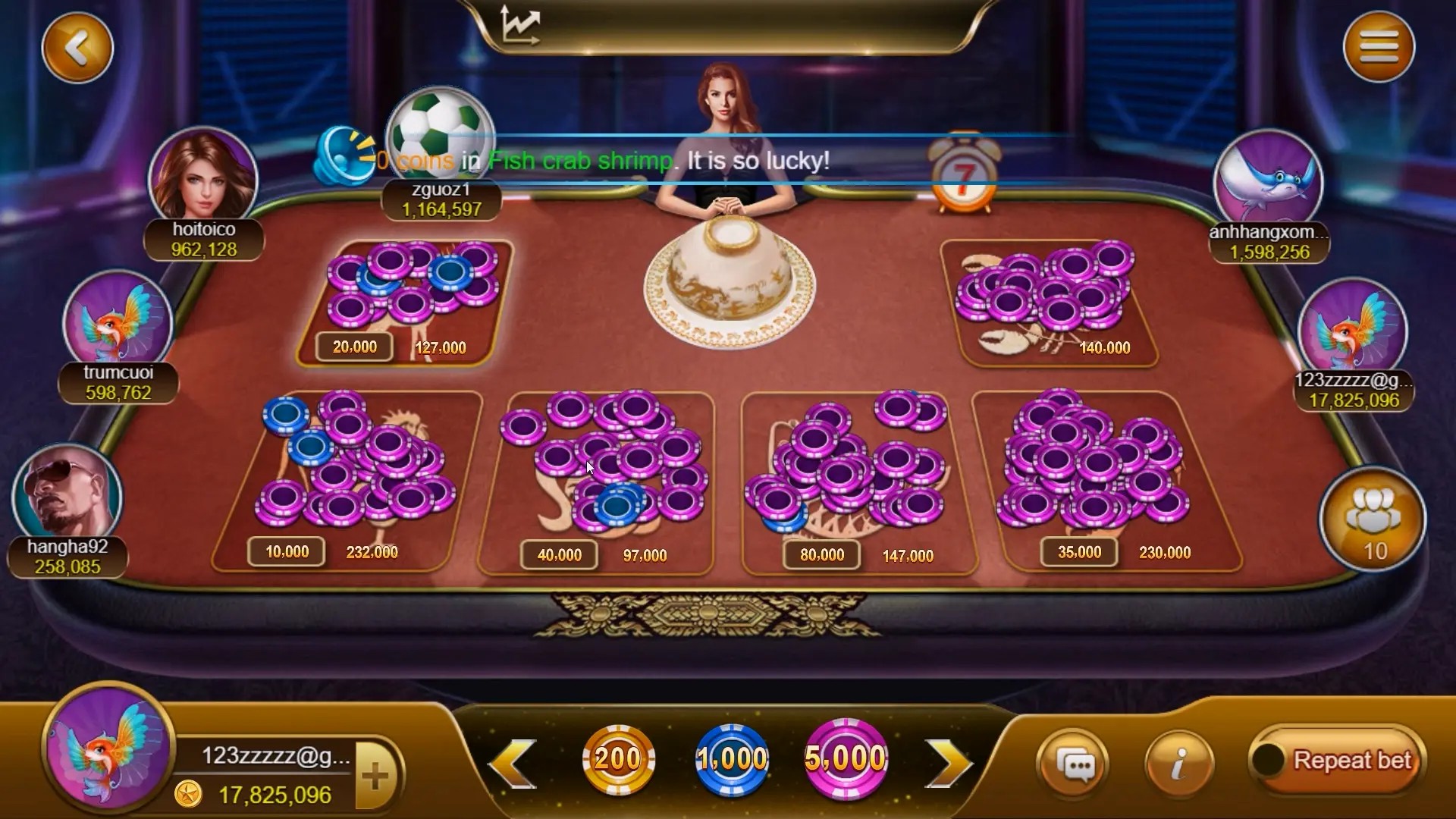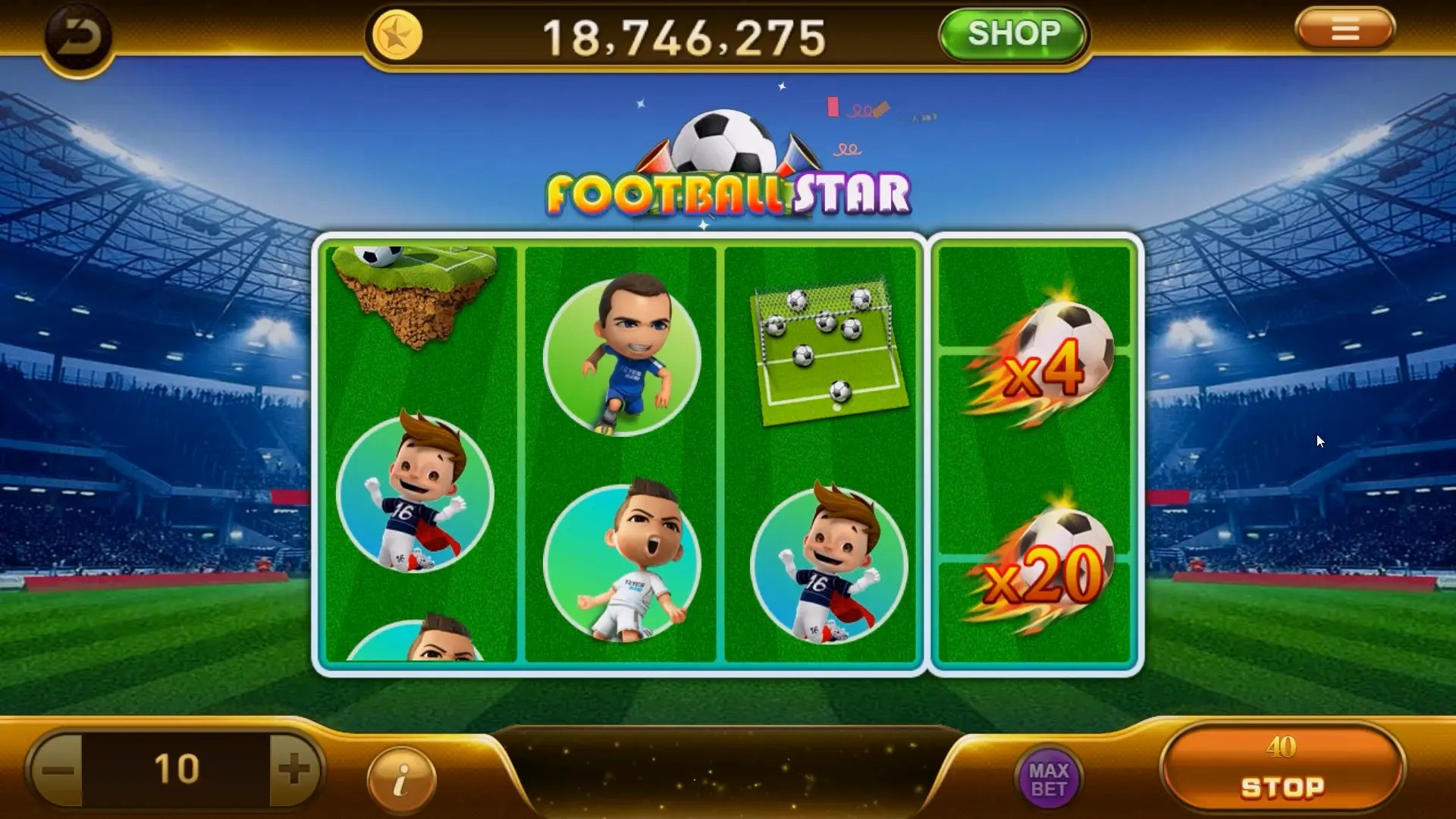Unlocking Learning: How Multiplayer Games Are Revolutionizing Educational Gameplay
In recent years, multiplayer games have surged in popularity, not just as a source of entertainment but also as a powerful tool for education. This convergence of play and learning has given rise to a new genre of educational games that captivate players while teaching them valuable skills. In this article, we will explore how these games unlock the potential for enhanced learning experiences.
The Rise of Multiplayer Educational Games
As technology progresses, the potential for education through gaming becomes increasingly apparent. Many educators are tapping into multiplayer experiences to engage students effectively. Here are a few key features making these games so impactful:
- Interactive Learning: Players work together, solving problems and building knowledge through collaboration.
- Game-Based Motivation: The competitiveness of multiplayer settings boosts student motivation and retention.
- Real-World Applications: Many educational games incorporate real-world scenarios, providing a practical context for lessons.
Key Elements of Successful Educational Gameplay
For a multiplayer game to be truly educational, it needs a balance of entertainment and learning. Here are the essential elements that help create effective educational games:
| Element | Description |
|---|---|
| Challenge | Games should offer increasingly tough challenges to keep players engaged. |
| Feedback | Immediate feedback enhances learning as players understand their mistakes and successes in real-time. |
| Progress Tracking | Incorporating metrics for player progress encourages ongoing participation. |
| Community Building | Multiplayer integration creates a sense of community among learners, fostering collaboration. |
The Impact of 3D and Storytelling in Educational Games
One significant trend within multiplayer educational games is the integration of immersive 3D environments and storytelling. Players are drawn into rich narratives, making the learning process feel more like a captivating adventure than rote memorization. The children may not realize they are learning while they explore. For instance:
- Story Interactivity: Players influence the narrative, reinforcing skills like critical thinking and decision-making.
- Immersive Experiences: 3D elements bring subjects to life, enhancing understanding through visual representation.
Looking Ahead: The Future of Multiplayer Educational Gameplay
As the lines between gaming and education continue to blur, the future looks bright. Emerging technologies will likely lead to advancements in how we perceive and implement learning. But will the market see genres that push boundaries even further, like a 3D porn game story? Well, that remains to be seen, but the blend of fun and functionality is undeniably paving the way for innovative educational experiences.
Moreover, gamers are increasingly searching for details about their experiences, hence the popularity of resources like the last war mobile game wiki. Such platforms not only help players but also provide educators insights into engaging more effectively with their students.
Conclusion
In conclusion, the potential of multiplayer games in education is vast. By combining fun with learning, they engage students in ways traditional education methods simply cannot. With the constant evolution of technology, the possibilities for engaging, educational gameplay are limitless. As we move forward, embracing this new frontier will undoubtedly unlock even more avenues for effective learning.



